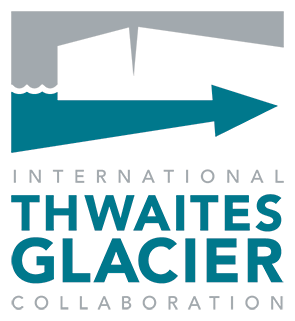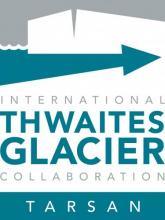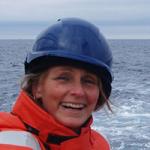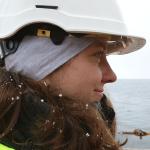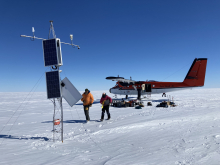Thwaites-Amundsen Regional Survey and Network Integrating Atmosphere-Ice-Ocean Processes (TARSAN)
TARSAN is a ship-based project studying how atmospheric and oceanic processes are influencing the behavior of the Thwaites and Dotson Ice Shelves – neighboring ice shelves which are behaving differently. This research will help identify how variations in atmospheric or oceanic conditions may influence the behavior and stability of ice shelves in the region.
Principal Investigators
Co-Investigators
Team Members
Blog Posts
In the field at last! TARSAN collects data at Thwaites Glacier
The TARSAN ice team swung into action quickly after arriving at WAIS Divide camp (Figure 1 above). WAIS Divide, located on the highest part of the West Antarctic Ice Sheet, was first opened in 2006 in support of a major ice coring effort to gather a record of past Antarctic and global climate data reaching back nearly 70,000 years. Since then, the camp has served as a logistical hub in support of additional work on the borehole, and for other science in the region. WAIS Divide camp is the gateway for the on-ice research on Thwaites Glacier conducted by ITGC scientists across our field seasons.Related News
An international research team deployed the uncrewed submersible 'Ran' underneath 350 m thick ice. They got back the first detailed maps covering extensive of the underside of a glacier, revealing clues to future sea level rise.
Congratulations to Yixi Zheng, recipient of the International Association of Cryospheric Sciences (IACS) Early Career Scientist Prize!
New high resolution images of the seafloor in West Antarctica show past retreat of Thwaites Glacier.
